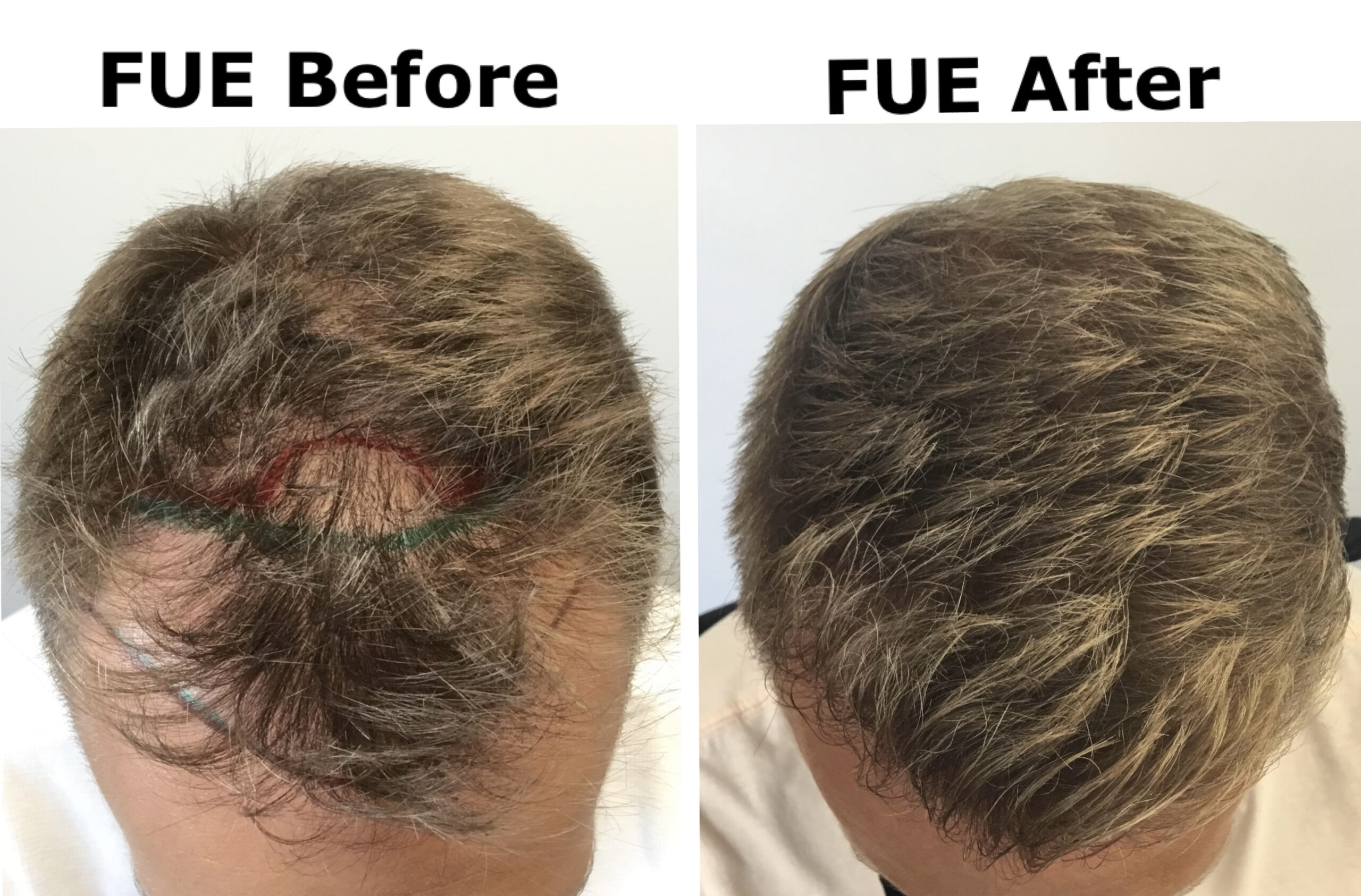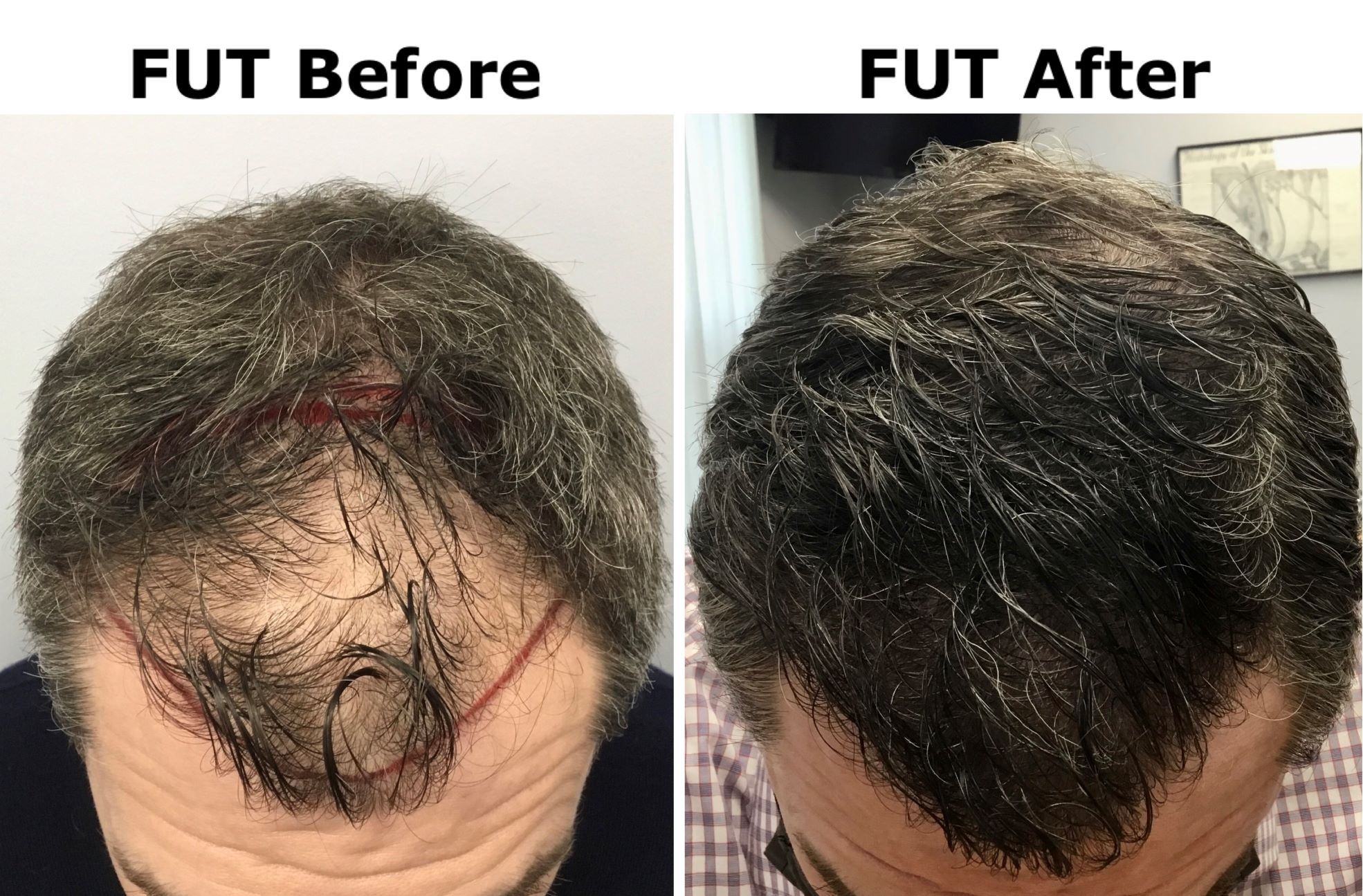Hair-raising Decisions: FUT vs. FUE Hair Transplants Examined
Hair loss is a common concern that affects all ages, and finding a reliable solution can be a game-changer for those seeking to regain their confidence and youthful appearance. Two popular methods of hair transplantation, Follicular Unit Excision (FUE) and Follicular Unit Transplantation (FUT) , have revolutionized the field of hair restoration. While both methods can effectively restore hair, they differ in certain aspects. Let’s delve into the key differences between FUE and FUT hair transplants and explore their effectiveness in addressing hair loss.
Follicular Unit Excision, or FUE, is a minimally invasive hair transplant procedure that involves Dr. Matthew Lopresti extracting individual hair follicles from the donor area (the back of the head) and transplanting them into the balding or thinning areas. This method utilizes a punch-like instrument to harvest the follicles one by one, leaving tiny, virtually invisible scars. The extracted follicles are then meticulously implanted into the recipient area to achieve a natural-looking result.
Key Benefits of FUE Hair Transplants:
- Minimal scarring: FUE hair transplants leave tiny, dot-like scars that are easily concealed, making it an ideal option for people who prefer to keep their hair short.
- Faster recovery: FUE procedures typically involve less downtime and a quicker healing process compared to FUT transplants, allowing individuals to resume their regular activities sooner.
- No linear scar: Unlike FUT, which leaves a linear scar on the donor area, FUE provides a scar-free or less noticeable scar appearance, making it an attractive choice for those who wish to wear their hair short.
Key Benefits of FUT Hair Transplants:
- Donor area preservation: FUT involves Dr. Matthew Lopresti removing a thin strip of hair-bearing skin from the donor area, while FUE involves harvesting individual follicles directly. With FUT, the remaining donor area can be sutured together, resulting in a linear scar that can be easily concealed by surrounding hair. In contrast, FUE leaves multiple small dot-like scars that are scattered across the donor area, which can be more noticeable if the hair is cropped short.
- Cost-effective: FUT procedures are generally less expensive than FUE, mainly due to the efficiency of graft extraction and transplantation.
- Suitable for certain hair types: FUT can be more suitable for patients with specific hair types, such as curly or coarse hair, as it allows for a more robust graft survival rate.
Both FUE and FUT techniques have demonstrated high effectiveness in addressing hair loss and restoring natural hair growth. It’s important to note that the choice between FUT and FUE depends on individual factors such as the extent of hair loss, donor area characteristics, personal preferences, and the recommendations of a qualified hair transplant surgeon. Consulting with our office can help determine the most suitable approach based on your unique circumstances.
Dr. Matthew Lopresti
Chief Surgeon




